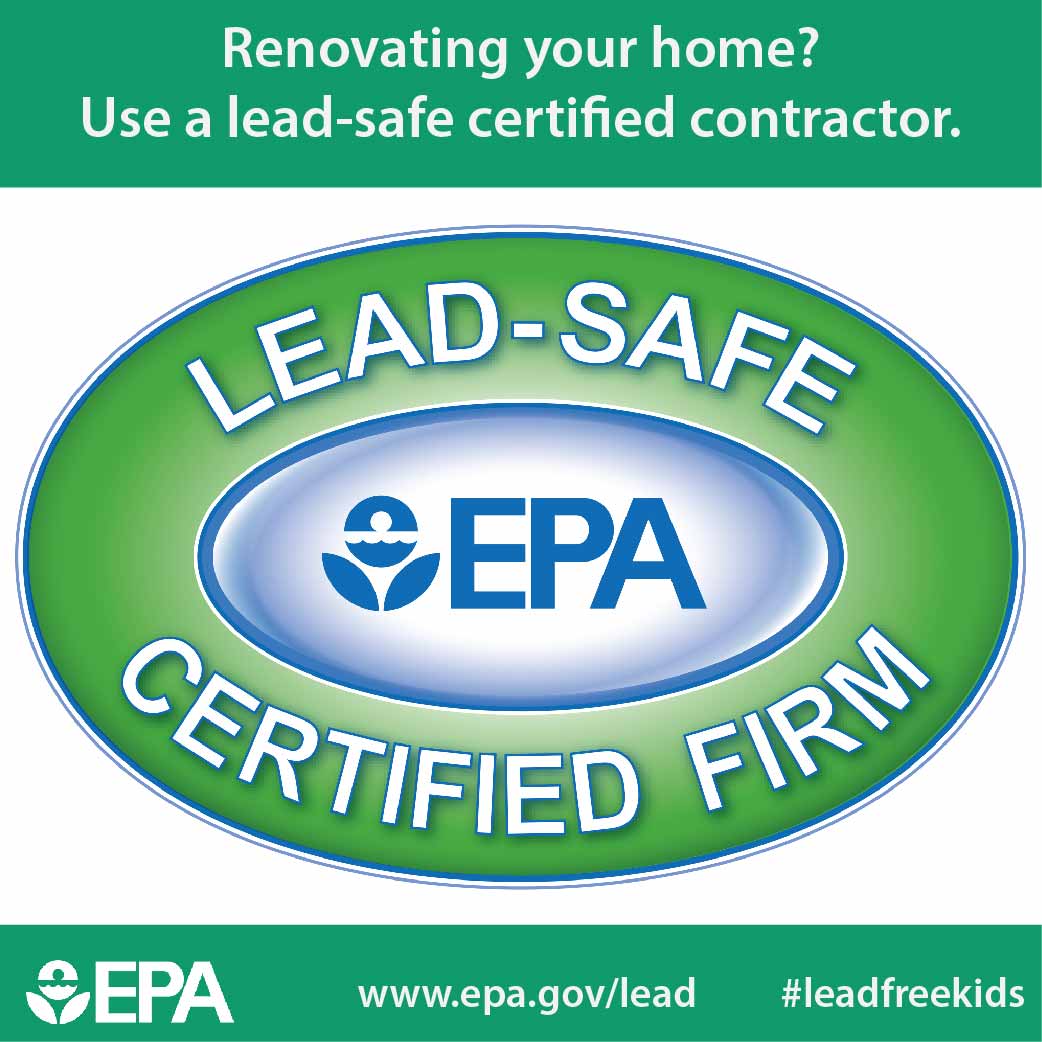Find Out Why Low-VOC Paints Are Ending Up Being Crucial For Much Healthier Homes, But Are Their Drawbacks Worth The Advantages? Discover The Truth Inside!
Find Out Why Low-VOC Paints Are Ending Up Being Crucial For Much Healthier Homes, But Are Their Drawbacks Worth The Advantages? Discover The Truth Inside!
Blog Article
Article By-Hyllested Ivey
When you think of painting your home, you could neglect the value of the paint's make-up. Low-VOC paints are made to lessen indoor air toxins, making them a smarter selection for your family members's health and wellness and the atmosphere. While they come with certain downsides, like longer drying out times, they also provide modern aesthetic appeals and enhanced efficiency. You may question if the advantages truly surpass the disadvantages, especially when you're going for an elegant finish. Understanding the complete scope of low-VOC alternatives could change your perspective on your next paint task.
Understanding Low-VOC Paints
When you pick low-VOC paints, you're choosing a product that gives off less volatile organic compounds, which can be unsafe to both your health and wellness and the environment.
VOCs are chemicals found in lots of paint products that can vaporize into the air and contribute to indoor air pollution. By choosing low-VOC options, you're minimizing the variety of these emissions, making your living space safer.
Low-VOC paints usually contain 50 grams per liter or less VOCs, contrasted to conventional paints that can include up to 250 grams per liter. This suggests that when you repaint your home with low-VOC products, you're not simply deciding for appearances; you're also taking an action in the direction of a healthier indoor environment.
These paints can be found in a variety of finishes and colors, so you will not have to endanger on style. They appropriate for both exterior and interior jobs, giving resilience and protection like their traditional equivalents.
And also, several producers are now concentrating on developing low-VOC solutions without giving up performance. Understanding low-VOC paints empowers you to make informed choices for your home and wellness while adding to ecological preservation.
Conveniences of Low-VOC Options
Why choose low-VOC choices for your paint jobs? To begin with, they're better for your health and wellness. https://www.cnn.com/2022/09/07/politics/presidential-portraits-unveiled-at-white-house/index.html -VOC paints send out less volatile natural substances, which suggests you minimize your exposure to harmful chemicals. This is specifically important if you're repainting indoors or have children and animals at home.
You'll additionally value the environmental advantages. These paints contribute much less to air contamination, making them a greener selection. By going with commercial paint vs residential paint -VOC alternatives, you're supporting sustainable practices and helping to produce a healthier earth.
One more perk is the boosted indoor air high quality. Low-VOC paints aid maintain fresher air in your house, which can result in a more comfy living room.
And also, lots of low-VOC paints are equally as durable and lasting as traditional options, so you won't sacrifice high quality for security.
Lastly, you'll find a variety of shades and finishes readily available in low-VOC formulas, so you can still achieve the look you want without endangering on your health or the atmosphere.
Choosing low-VOC paints is a wise, accountable decision for your painting projects.
Possible Disadvantages to Think About
While low-VOC paints supply various benefits, there are some potential disadvantages to keep in mind. One considerable problem is their performance contrasted to traditional paints. Low-VOC alternatives might not constantly provide the same degree of toughness and coverage, which can cause more constant touch-ups or a demand for extra layers. This can be irritating and taxing during your paint job.
One more concern is the drying time. Low-VOC paints frequently take longer to dry than their high-VOC equivalents, which can prolong your job timeline. If you're on a limited timetable, this could be a disadvantage to consider.
You ought to also know that low-VOC paints can often have a various finish or appearance. If you're aiming for a details aesthetic, make certain to examine samples to make sure the result satisfies your assumptions.
Last but not least, while low-VOC paints are usually much safer, they can still send out some fumes. Correct air flow is vital during and after application, so be prepared to air out your room successfully.
Conclusion
In conclusion, low-VOC paints are a wise option for any individual seeking to develop a healthier home setting. They lower interior air contamination and are much safer for your family, specifically if you have youngsters or family pets. While you could deal with more regular touch-ups and longer drying times, the advantages far exceed these drawbacks. With trendy options offered, switching over to low-VOC paints is a step towards sustainable living that you won't be sorry for.
